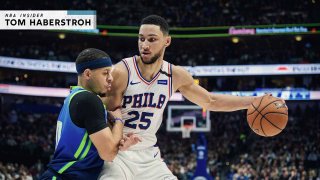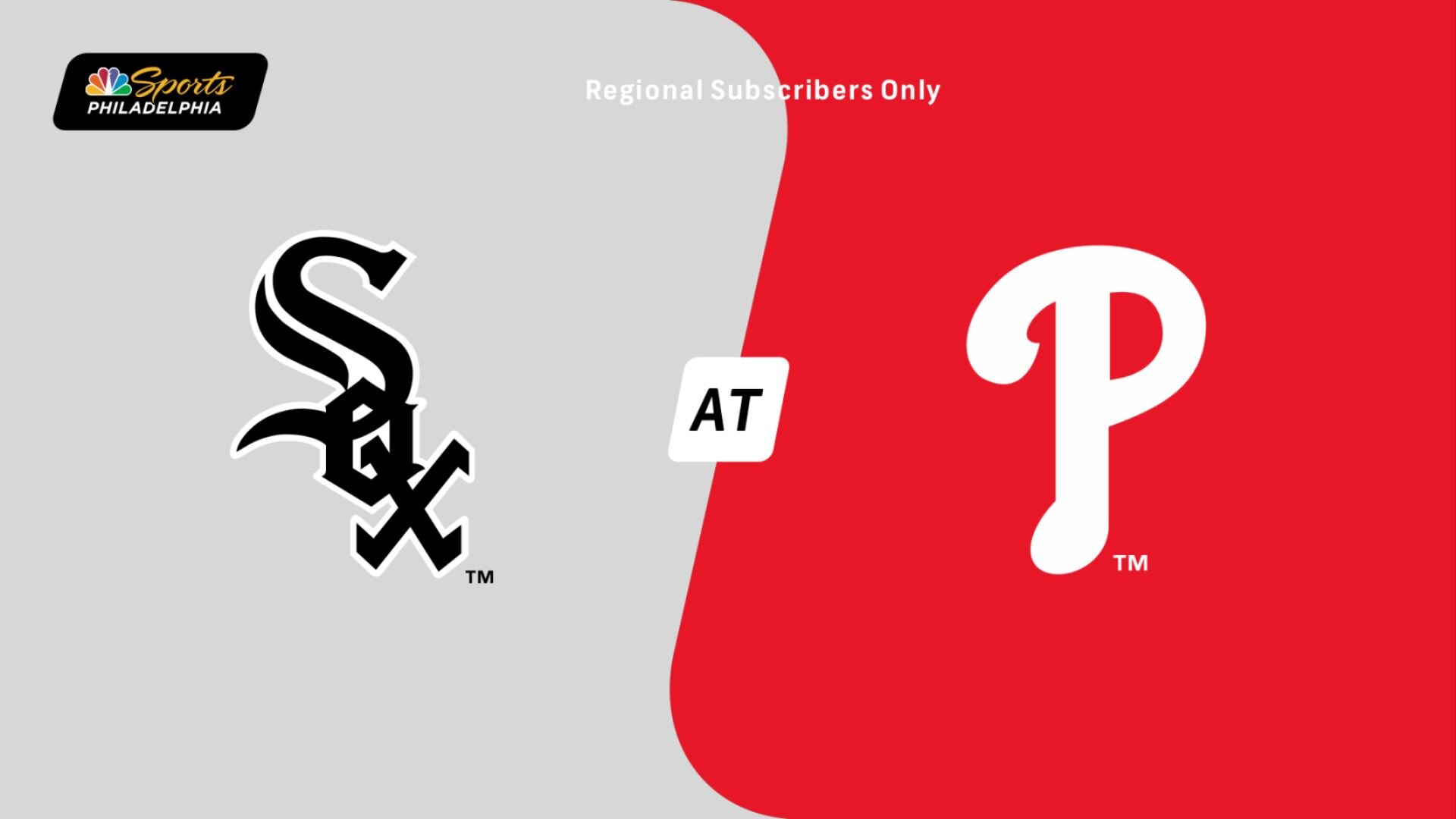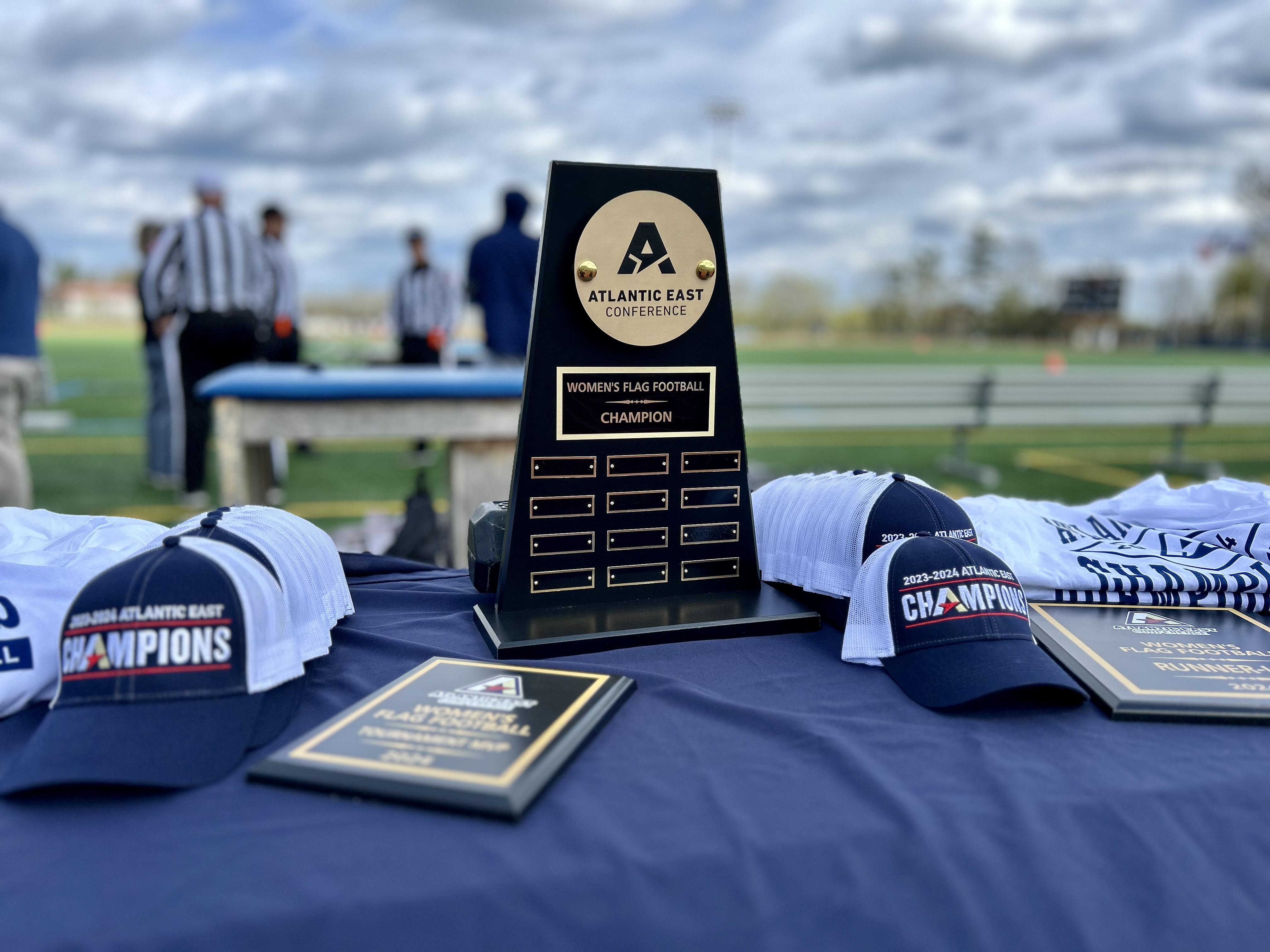
No team wants to see its star player get hurt. But the best teams turn adversity into opportunity. That’s the hope for the Philadelphia 76ers right now.
Star center Joel Embiid has been sidelined for the past 10 days recovering from hand surgery to repair his torn ligament in his left hand and will be reevaluated at a further date. It’s the latest blow to a reloaded Sixers team seeking redemption after losing in heartbreaking fashion to the eventual champion Toronto Raptors at the last second in Game 7 of the Eastern Conference semifinals.
Just about every NBA champion dealt with what the 26-16 Sixers are facing right now. When the Raptors outlined an aggressive load management program for Kawhi Leonard last season that planted him on the bench on back-to-backs, they used that absence as an opening to launch Pascal Siakam, who had been, at that point, merely a role player.
The loss of Leonard was Siakam’s gain. In the 21 games that Siakam played without Leonard last season, he flourished with the extra oxygen on offense, averaging 19.1 points on 55 percent shooting, 8.0 rebounds and 3.4 assists. Siakam’s stat line in the Finals against Golden State? An eerily similar 19.8 points on 51 percent shooting, 7.5 rebounds and 3.7 assists.
Leonard missing 22 games in the regular season may have derailed other teams, but the Raptors used it as a growth opportunity for the surrounding talent. Would they have known they could count on Siakam on the biggest stage if it weren’t for Leonard’s time on the bench? Perhaps, but the regular season certainly accelerated Siakam’s basketball glow-up.
The Raptors aren’t the only champion that turned an injury into a positive. The Miami Heat didn’t embrace their title-winning pace-and-space and small-ball style until they lost Chris Bosh for weeks in the 2011-12 playoffs. The Golden State Warriors weren’t the juggernaut Golden State Warriors until David Lee’s hamstring injury opened the gates for Draymond Green. For years, Gregg Popovich deliberately sidelined his stars to facilitate the growth of the supporting cast. Kawhi Leonard himself is a shining example of what strategic resting and moving a future Hall of Famer (Manu Ginobili) to the bench can yield.
The Sixers have the same chance for growth with Embiid sidelined. There are plenty of silver linings with Embiid’s injury. For one, as nauseating as it looked, the injury is not considered a long-term issue. To quote Embiid himself in a heartfelt letter on The Players’ Tribune, “It’s just a finger. It’s nothing. Compared to what I’ve been through. It’s nothing, man.” It’s also not another leg-related injury, which is good news on its own, but it also allows him in the meantime to work on his conditioning.
News
But the real silver lining is about the seeds the team can plant now. Here are three ways the Sixers can grow from Embiid’s absence and keep their championship hopes alive:
1. Make Ben Simmons a crunch-time scorer
Fresh off of an Eastern Conference Player of the Week award, Josh Richardson was a supernova down the stretch against the Indiana Pacers on Monday, scoring 17 points of Philly’s 26 points in the fourth quarter. In the end, the Sixers came up short while Simmons and Al Horford were held scoreless in the final frame.
In Wednesday’s win over the Brooklyn Nets, it was Tobias Harris’ turn to cook, outscoring the Nets 9-2 over the final three minutes of the game. But Simmons was held scoreless yet again in the fourth quarter, missing both of his free throws early in the quarter and setting up teammates the rest of the way.
These fourth quarters, even without Embiid, are emblematic of a lingering related issue: Simmons’ tendency to fade in the final frame. In his last three fourth quarters, Simmons has zero points on 0-for-4 shooting and 10 assists in 29 minutes of action. This season, here is Simmons’ usage rate (percentage of team possessions used by a player via shot attempt, free throw attempt or turnover) by quarter:
Simmons’ Usage Rate by Quarter in 2019-20
First quarter: 21.4 percent
Second quarter: 20.5 percent
Third quarter: 20.5 percent
Fourth quarter: 15.4 percent
That’s not ideal for an All-Star who functions as the team’s primary ball-handler. Simmons’ usage rate in clutch situations -- where the score is within five in the final five minutes -- shrinks to 14.4 percent compared to Embiid’s 38.6 percent, Tobias Harris’ 20.8 percent and Richardson’s 17.6 percent, per NBA tracking.
Simmons’ performance down the stretch was a big talking point in the playoffs last year and rightfully so. In 18 minutes of clutch situations in the playoffs, Simmons was 0-for-2 from the floor with three assists and no points. He also didn’t have any turnovers and helped lock up opponents on the defensive end. The Sixers as a team actually outscored the Brooklyn Nets and Toronto Raptors by a score of 43-33 in clutch situations in the playoffs, all with Simmons on the floor.
But the Sixers’ advantage in those minutes could certainly be wider if Simmons shows the same attack mentality as he does earlier in the game. Sure, Simmons needs to conserve energy for the defensive end where he becomes the Sixers’ uber-stopper, but there are plenty of opportunities for Simmons to attack the rim in pressure moments where he instead passes out or dribbles away from the paint.
Simmons has the physical tools and requisite skills to be a crunch-time weapon. At the same age as Simmons is now, a 23-year-old Giannis Antetokounmpo took eight clutch shots for the Bucks in their lone 2018 playoff series against the Boston Celtics. Seven of them were inside two feet, per NBA.com shot tracking. Simmons can do the same. For those that doubt his abilities to take over games down the stretch, now is the time -- without Embiid and Jimmy Butler soaking up late-game touches -- to prove them wrong. Simmons can use this opportunity to gain some confidence and establish a base with which to work off of in the playoffs.
2. Make Al Horford a focal point of the offense
You could make the argument that as long as Embiid is out there, the Philadelphia 76ers are a full-throttled title contender. The Sixers were plus-143 with Embiid on the court last postseason, third-highest of any player last postseason. That’s the good news. The bad news is that they were minus-107 with him off the floor.
A gap that wide is basically unheard of in NBA postseason history.
Even the most top-heavy teams aren’t that dependent on one player. Remember the LeBron James-led 2015 Cleveland Cavaliers squad that suffered injuries to Kyrie Irving and Kevin Love but still made it to the Finals? Here was the scoreboard with LeBron on the bench that postseason: Cavs 260, Opponents 260. An even score. Again, the Sixers were outscored by 107 points with Embiid riding the pine last postseason.
You need stars to win championships. But they can’t play every minute. The Sixers learned that the hard way last year, crumbling into pieces with Embiid going to the bench.
The Horford acquisition was supposed to change all that. And so far, so good. Embiid yet again has the best plus-minus on the team, registering a plus-133 in his minutes this season. But instead of bleeding points to the other team in Embiid-less minutes, the Sixers have stayed afloat, even narrowly outscoring opponents by seven points on the whole this season.
That might not seem worth celebrating, but that’s a remarkable achievement for the Sixers considering how much they’ve struggled to keep up without Embiid on the floor over the years.
Here’s how the Sixers fare depending on Embiid’s presence since 2016-17:
Sixers with Embiid on and off court (Data: NBA)
2019-20: plus-133 on, plus-7 off
2018-19: plus-373 on, minus-152 off
2017-18: plus-486 on, minus-117 off
2016-17: plus-67 on, minus-534 off
Horford has seen better seasons, but that data alone should be seen as a huge win for Sixers GM Elton Brand and coach Brett Brown. The Sixers have at least stayed competitive without Embiid, which isn’t something they could have said in years past. Embiid’s backups last season were virtually unplayable in the postseason. Greg Monroe, Jonah Bolden and Amir Johnson were fixtures of the Sixers’ playoff rotation; only Bolden has played in the NBA this season and he has logged five minutes total.
The Sixers should approach this section of the season as solidifying their Embiid-less system to the point that they can tread water in the postseason. Brown has opted to keep Simmons and Horford paired together almost exclusively this season, a decision that should pay dividends come playoff time. You often hear that a team will only go as far its superstar will take them. But in the Sixers’ case, the opposite is true: They will only go as far as the non-Embiid minutes will take them.
3. Give Matisse Thybulle all the minutes he can handle
My two sleepers in the NBA draft were 23-year-old Brandon Clarke and 22-year-old Matisse Thybulle. These were two prospects whose stats and skills jumped off the screen at the college level, but they fell in the draft because, well, they weren’t teenagers. By draft standards, they were ancient.
And here we are. Clarke has been sensational for the surging Memphis Grizzlies and a perfect fit next to fellow rookie Ja Morant. And Thybulle? He’s ready. Yes, he’s a rookie and typically rookies don’t contribute at a high-level to championship contenders. But Thybulle is turning 23 years old in early March. The guy was born within four months of Jamal Murray, Lauri Markkanen and Bam Adebayo. He’s not your typical rook.
Thybulle is a special, special talent. He’s everywhere defensively. Right now, he’s averaging 3.7 steals per 100 possessions and 2.2 blocks per 100 possessions while playing 18.3 minutes per game. Here’s a list of players, via Basketball Reference, who have achieved those block and steal rates while averaging at least 15 minutes per game in a season: Michael Jordan, Kawhi Leonard, Gerald Wallace and Thybulle.
I loved seeing Brown insert him into the starting lineup on Wednesday night even though he had struggled with his shot since his knee injury. Thybulle has offensive limitations, but he’s a fast-break machine and a perfect co-pilot next to Simmons, who is at his best when he’s driving in the open court. Thybulle gives him the keys to ignition.
Follow me on Twitter (@TomHaberstroh), and bookmark NBCSports.com/Haberstroh for my latest stories and videos and subscribe to the Habershow podcast.


